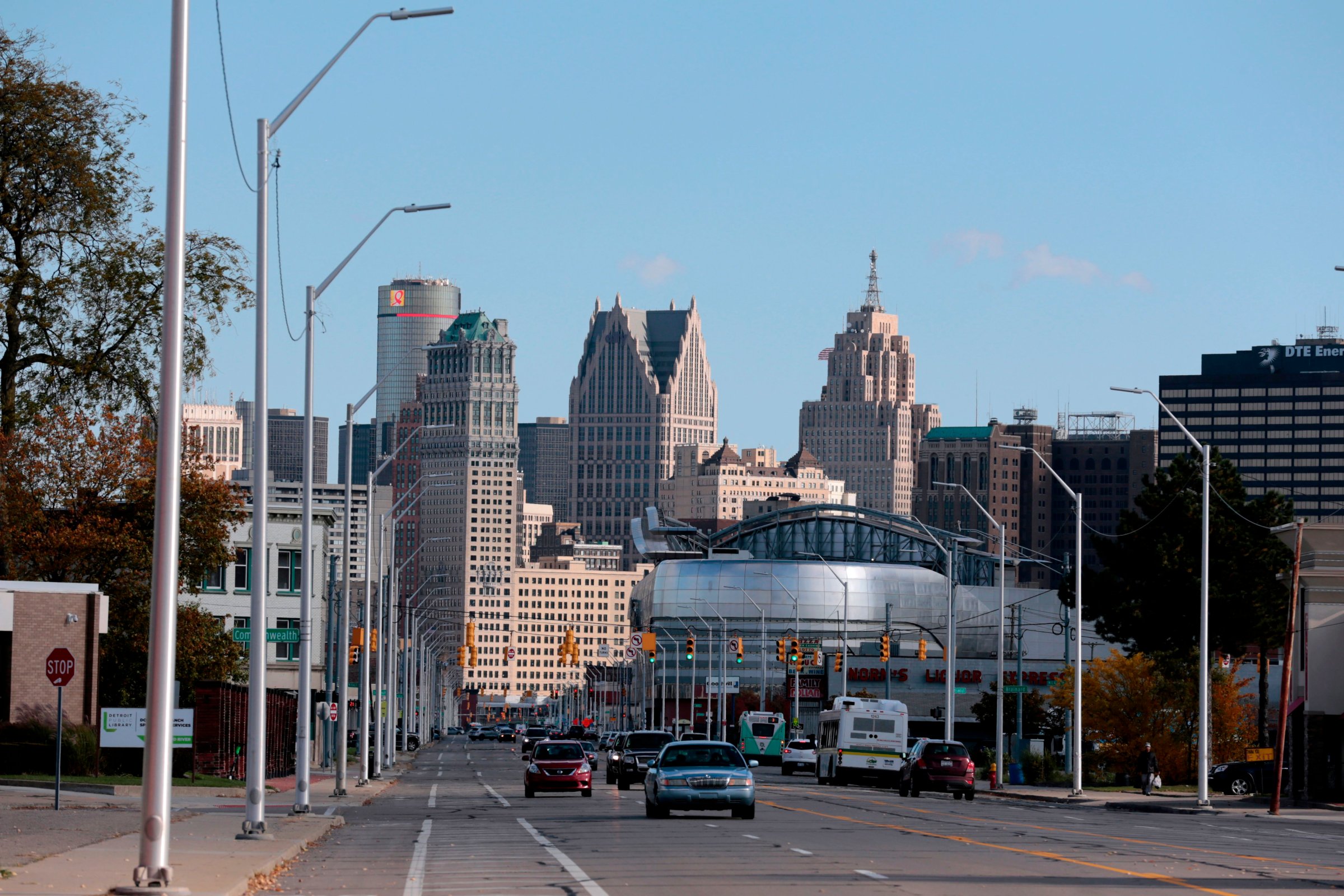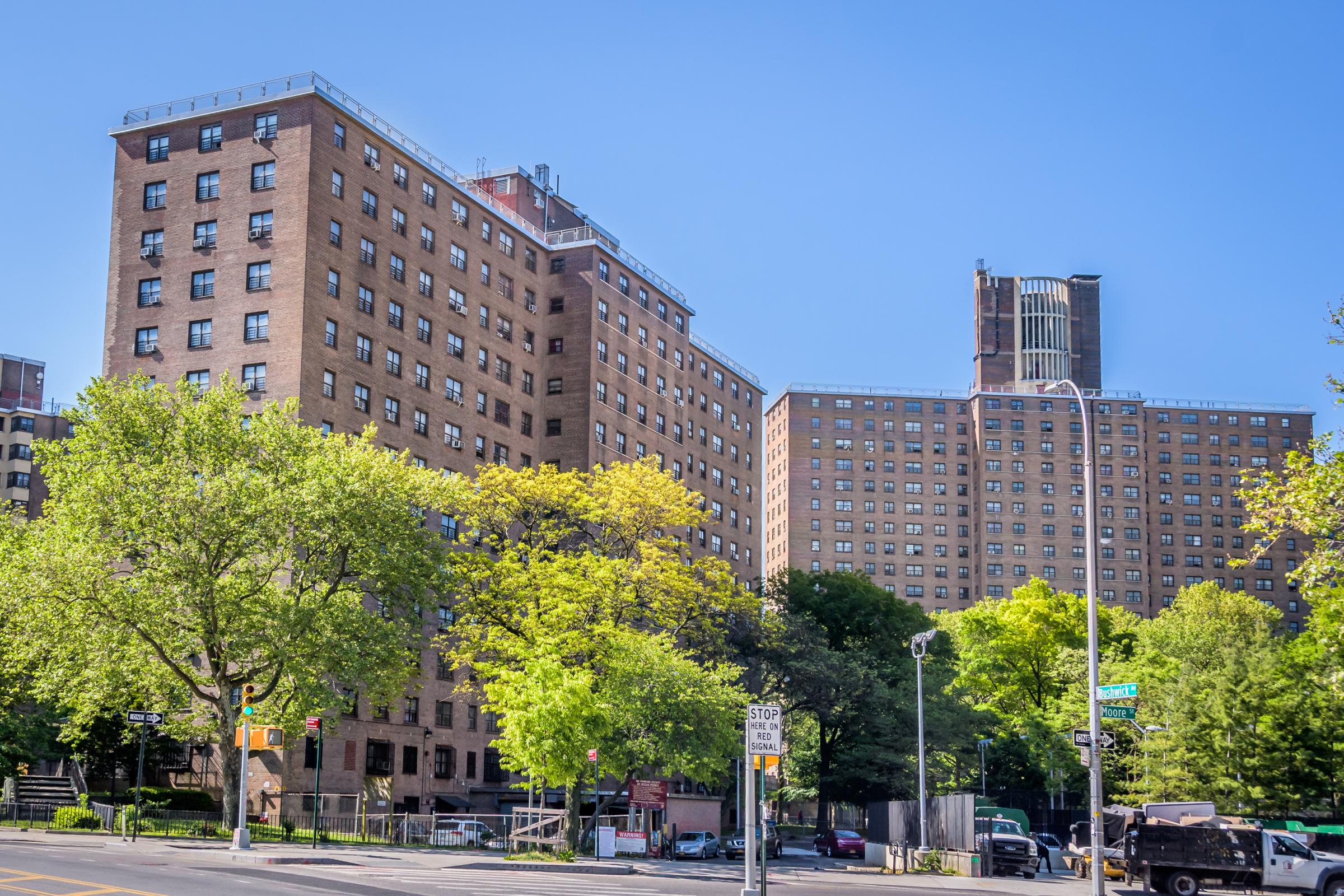
The integration battles of the Civil Rights era happened more than half a century ago, but the U.S. is getting more, not less, segregated, as that past recedes.
More than 80% of large metropolitan areas in the United States were more segregated in 2019 than they were in 1990, according to an analysis of residential segregation released Monday by the Othering & Belonging Institute at the University of California-Berkeley. The U.S. has become more diverse over time, which has obscured the persistence of segregation, the report finds. Metropolitan areas aren’t all-white, all-Black, or all-Latino, but within metropolitan areas, the different races are clustered in segregated neighborhoods, creating social and economic divisions that can fuel unrest.
“The U.S. continues to be a place of segregation, not integration,” says Stephen Menendian, assistant director at the Othering & Belonging Institute, which studies the roots of social and economic inequality in the United States.
The report breaks new ground by looking at how the racial makeup of census tracts differs significantly from the racial makeup of the larger metropolitan area that surround them. Areas may appear to be integrated because they are home to many different racial groups, when in fact those groups live completely apart. The city of Detroit is 80% Black, for instance, while Grosse Pointe, a suburb that shares a border with the city, is 90% white.
You really cannot name any significant social injustice problem in the United States that's not undergirded by residential housing segregation.
Detroit is the most segregated city in the U.S., according to the report, followed by Hialeah, Fla., in Miami-Dade County, and then Newark, Chicago, Milwaukee, and Cleveland. Only two of the 113 cities with populations of 200,000 or more qualified as integrated—Colorado Springs, Colo., and Port St. Lucie, Fla. Many of the more integrated regions are areas with military bases, the researchers said—because segregation is so prevalent, it takes a concerted government effort to bring different races together.
The COVID-19 pandemic underscored some of the consequences of residential segregation, as Black Americans living in segregated cities like Detroit and Chicago died at a higher rate than people of other races in the same cities.
Read More: How Segregation Fuels the Wealth Gap Between White and Black Americans
But even before the pandemic, research showed that the neighborhood where children grow up shapes how likely they are to go to college and to make more money than their parents. It determines their access to medical care and good schools.
Integration is good for everyone: children who grow up in multiracial surroundings tend to be less anxious about racial differences, more empathetic and more caring about others. White people who grow up in highly segregated communities of color have lower incomes than white people who grow up in highly segregated white neighborhoods. Black children raised in highly segregated communities of color make $4,000 less per year than Black children raised in white neighborhoods, and $1,000 less than those raised in integrated neighborhoods, the Berkeley analysis found.
“You really cannot name any significant social injustice problem in the United States that’s not undergirded by residential housing segregation,” says Craig Gurian, the executive director of the Anti-Discrimination Center, which links attorneys litigating fair housing cases.

The report’s conclusion may not be surprising in a country still reckoning with the persistence of systemic racial disparities laid bare by the death of George Floyd last year. But as many affluent Americans get the freedom to work remotely and live where they like in the aftermath of the pandemic, it calls into question whether the country will only get more segregated as wealthy people flee cities for suburbs.
If nothing else, the report shows that efforts to integrate most of America’s housing—like efforts to integrate its schools—have fallen short. The Fair Housing Act of 1968 prohibited discrimination in the sale or rental of housing on the basis of race, but it had few provisions that would force integration in the same way the Brown v. Board of Education Supreme Court decision did. Its one shot was a provision that directed the U.S. Department of Housing and Urban Development to “affirmatively further fair housing.” Cities using federal money to build public housing were supposed to try to place at least some of that public housing in diverse neighborhoods.
There wasn’t really a way to enforce that until 2015, when an Obama-era rule required that communities evaluate the presence of fair housing and segregation in their communities. It came after a 2015 Supreme Court case that found that the state of Texas erred in placing affordable housing in highly segregated neighborhoods. But the Trump administration shelved the Obama-era rule, and while Biden restored it, it’s not likely that it will move the needle on integration.
This country is still in dire shape.
Systemic racial factors have long hampered residential integration. White communities kept out affordable housing through zoning laws that prohibited the construction of multifamily or affordable housing. These laws made housing expensive, which meant that Black Americans, long deprived of the right to build wealth through real estate because of redlining, and excluded from educational and employment opportunities, were kept out. Though there were small-scale programs to help Black families move into majority white neighborhoods, they couldn’t reverse centuries of economic inequality.
Read more: How Housing Voucher Programs Hurt the People They’re Supposed to Help
These attempts to maintain segregation continue today, says Gurian, who is currently litigating a case against New York City over the way it allegedly perpetuates segregation in its housing lottery system. “Jurisdictions themselves know very well that they are segregated,” he said. “The absence of change is not, for them, an absence of information, it’s an absence of will.”
There are about 20 towns in Westchester County, just north of New York City, that are just 3% Black, he says. Meanwhile, in the San Francisco Bay Area, 80 % of the land is zoned for single-family housing.
There are few big policy ideas that could immediately reverse this segregation. Some cities, including Berkeley, have eradicated single-family zoning, making it easier for developers to build more housing within city limits. In practice, that should allow the construction of more housing, which would lower housing prices and allow for a more diverse population. But Berkeley will have to build an almost unimaginable amount of new housing to make prices affordable—a two-bedroom apartment currently rents for almost $3,000, according to the real estate site Zumper.
As the events of the last year indicated, this segregation and inequality could lead to even more unrest. “This country is still in dire shape,” Menendian warns. “The uprisings of the last few years are not going to die down as long as we have a deeply racially unjust and racially segregated society.”
More Must-Reads from TIME
- Introducing the 2024 TIME100 Next
- The Reinvention of J.D. Vance
- How to Survive Election Season Without Losing Your Mind
- Welcome to the Golden Age of Scams
- Did the Pandemic Break Our Brains?
- The Many Lives of Jack Antonoff
- 33 True Crime Documentaries That Shaped the Genre
- Why Gut Health Issues Are More Common in Women
Contact us at letters@time.com